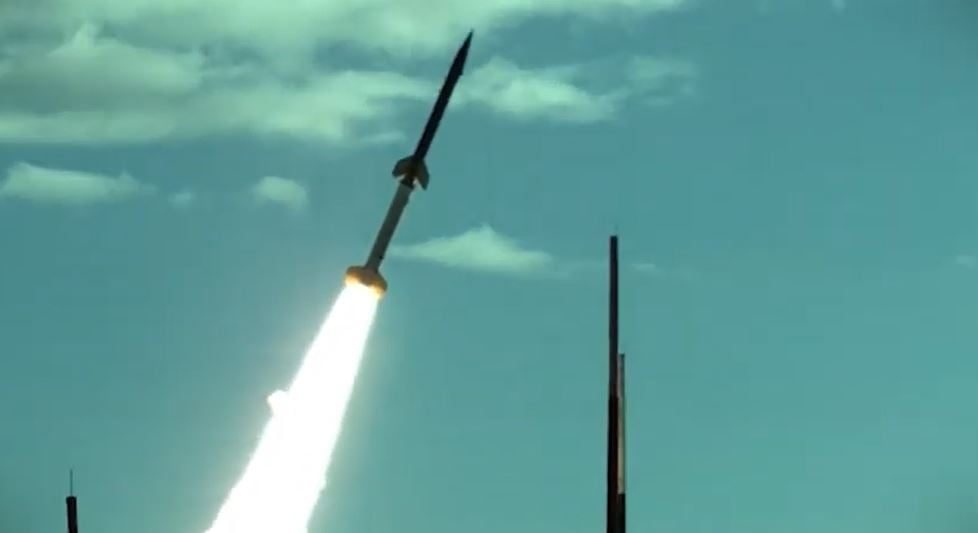Strengthening NATO Defense: US Long-Range Weapon Deployment in Germany
In a significant move aimed at fortifying NATO’s defense capabilities, the United States has unveiled plans to deploy long-range fire capabilities in Germany starting from 2026. This strategic decision underscores America’s commitment to enhancing European security amidst evolving global threats.
Strategic Deployment Initiative
Announced in a joint statement by the United States and Germany, the upcoming deployment involves the establishment of long-term military capabilities, including SM-6 missiles, Tomahawk cruise missiles, and cutting-edge hypersonic weapons. These weapons systems, known for their extended operational ranges compared to existing European capabilities, signify a proactive step towards reinforcing NATO’s deterrence capabilities.
Historical Context and Arms Control Treaties
The deployment marks a departure from the Intermediate-Range Nuclear Forces (INF) Treaty, which previously prohibited ground-based missiles with ranges exceeding 500 kilometers. Signed in 1987 by Mikhail Gorbachev and Ronald Reagan, the treaty aimed to reduce nuclear arsenals between the US and the Soviet Union, eliminating an entire category of missiles.
US Withdrawal and European Response
In 2019, the United States withdrew from the INF Treaty, citing violations by Russia with the development of the 9M729 ground-launched cruise missile (known as SSC-8 in NATO). This move allowed the US to resume production and deployment of intermediate-range missiles, prompting concerns and responses across Europe.
Regional Reactions and Defense Strategies
Germany, along with other European nations like Hungary, Poland, and the Czech Republic, had previously dismantled their missiles in compliance with the INF Treaty during the 1990s. However, recent geopolitical developments, including Russia’s alleged violations and subsequent US actions, have reignited discussions on European defense strategies and NATO’s role in regional security.
Geopolitical Implications and Controversies
The deployment of US long-range weapons in Germany has sparked geopolitical debates and concerns. Russian President Vladimir Putin’s remarks on resuming production of intermediate-range missiles in response to perceived US actions underscore the volatile nature of international arms control agreements and strategic rivalries.
Technological Advancements and Strategic Capabilities
The introduction of hypersonic weapons alongside SM-6 and Tomahawk missiles represents a technological leap in military capabilities. These systems not only enhance precision strike capabilities but also introduce new challenges and considerations for regional security dynamics.
Path Forward: Diplomacy and Strategic Stability
As the deployment plans progress, diplomatic engagements between the US, Germany, and NATO member states will be crucial in managing regional tensions and ensuring strategic stability. Discussions on arms control, transparency measures, and crisis management protocols will play pivotal roles in shaping future defense strategies in Europe.
Conclusion
The US decision to deploy long-range fire capabilities in Germany from 2026 underscores a strategic shift in NATO’s defense posture and commitment to European security. Amidst geopolitical tensions and technological advancements, the deployment of advanced weapons systems carries significant implications for regional stability and global security architectures.
Soumya Smruti Sahoo is a seasoned journalist with extensive experience in both international and Indian news writing. With a sharp analytical mind and a dedication to uncovering the truth, Soumya has built a reputation for delivering in-depth, well-researched articles that provide readers with a clear understanding of complex global and domestic issues. Her work reflects a deep commitment to journalistic integrity, making her a trusted source for accurate and insightful news coverage.



